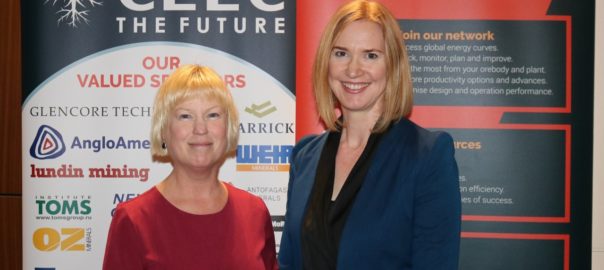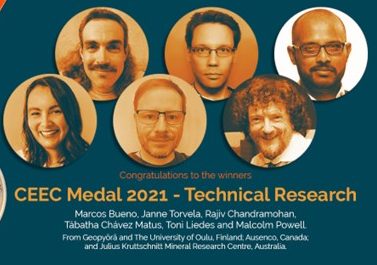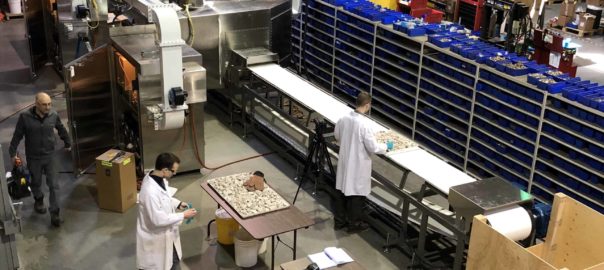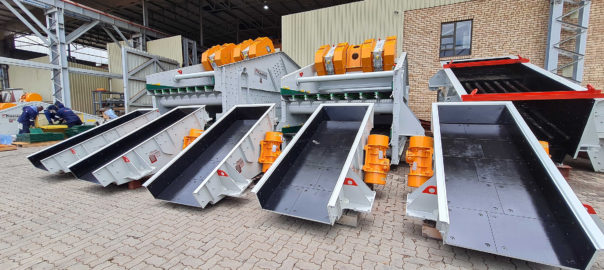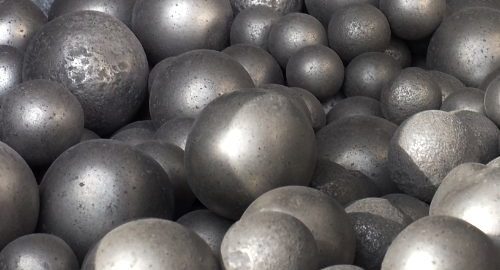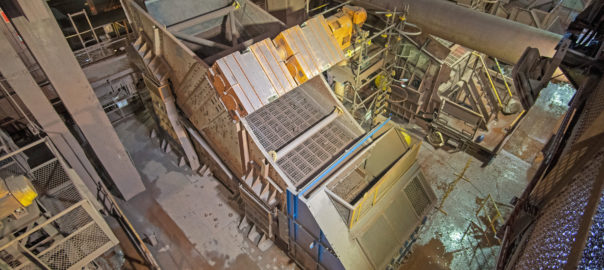Metso Outotec says it has been awarded a major contract for the delivery of sustainable crushing, screening and grinding technologies to a greenfield iron ore project in South America.
The concentrator plant has a targeted production of premium pellet feed, with the total value of the order approximately €45 million ($47 million).
The comminution circuit flowsheet developed for the new concentrator plant in cooperation with Metso Outotec represents the most sustainable technology currently available, according to the OEM. Conventional horizontal mills have been replaced with the combination of HRC™e high pressure grinding rolls (pictured above) and Vertimill® grinding mills to achieve the best energy-efficiency with the lowest operating and life cycle costs, it says.
By using this flowsheet, the plant is expected to save 25% of installed power compared with a conventional high pressure grinding roll (HPGR)/ball mill circuit and over 40% compared with a conventional SABC (SAG mill followed by pebble crusher and ball mill) circuit, the company claims.
Metso Outotec’s scope of delivery consists of the engineering, manufacturing, and supply of SuperiorTM MKIII Primary Crusher, HP SeriesTM cone crushers, HRC e HPGR high pressure grinding rolls, vibrating feeders, as well as banana, horizontal and dewatering screens and Vertimill grinding mills. In addition, Metso Outotec will provide installation and commissioning advisory services and wear and spare parts.
Christoph Hoetzel, Head of Grinding business line at Metso Outotec, said: “Metso Outotec is honoured to be chosen to deliver these state-of-the-art comminution technologies. The plant’s Planet Positive comminution flowsheet combines the best solutions available, allowing to achieve superior energy-efficiency and lower wear rates.”
Fernando Samanez, Vice President, Minerals Sales, South America market area at Metso Outotec, added: “This is a remarkable project and Metso Outotec will play a significant role also in the project start-up with its strong local operations and highly skilled service team.”








